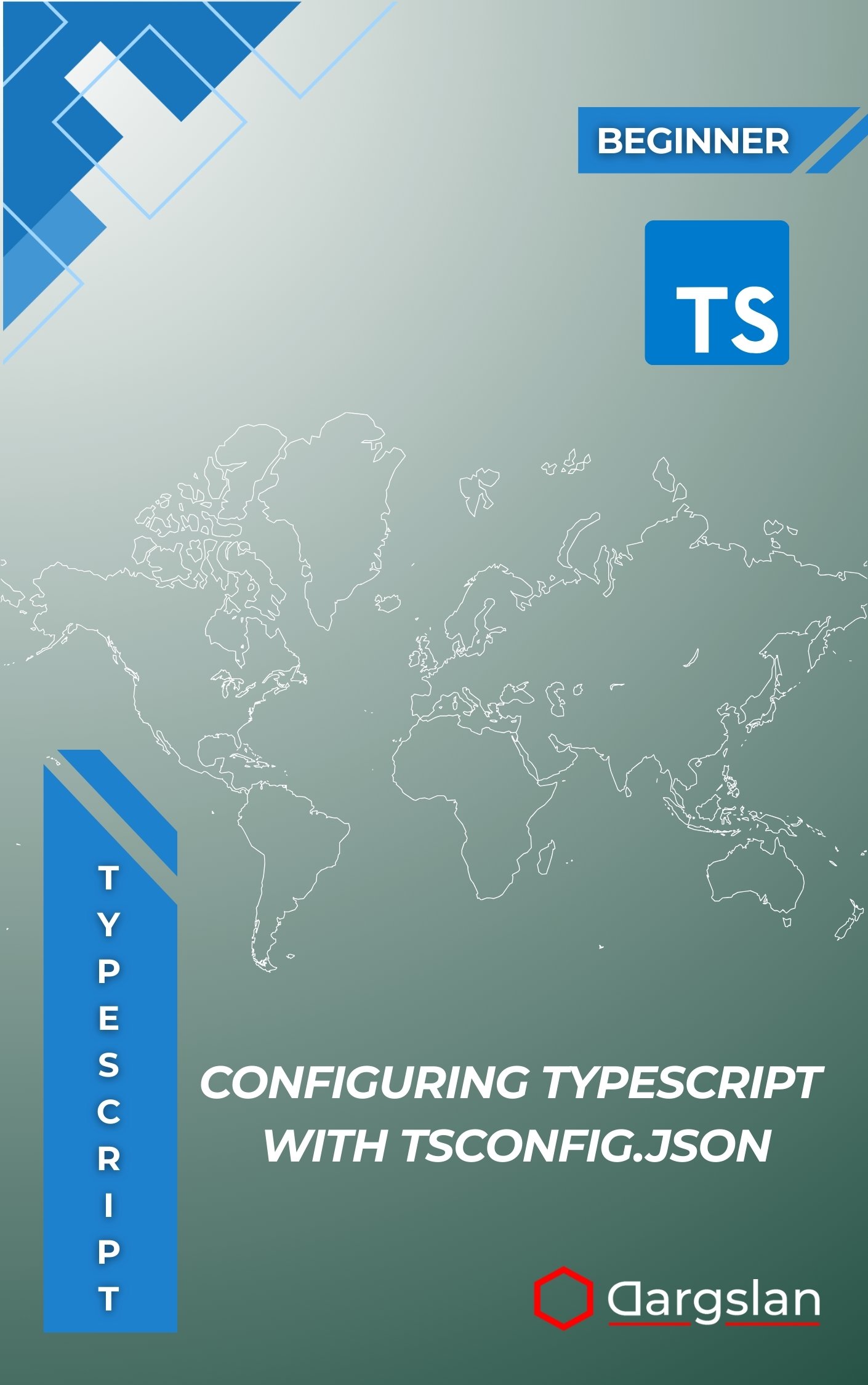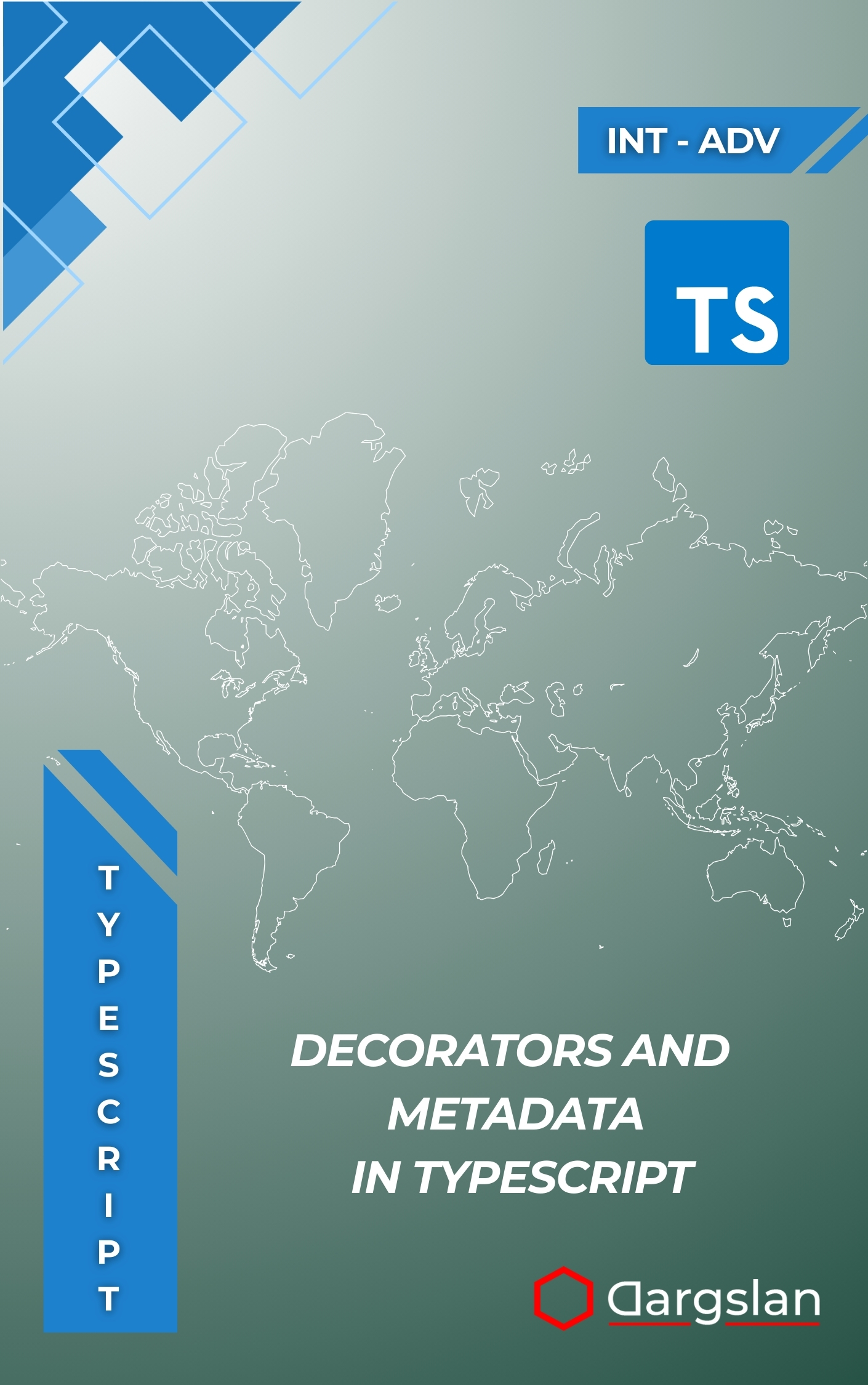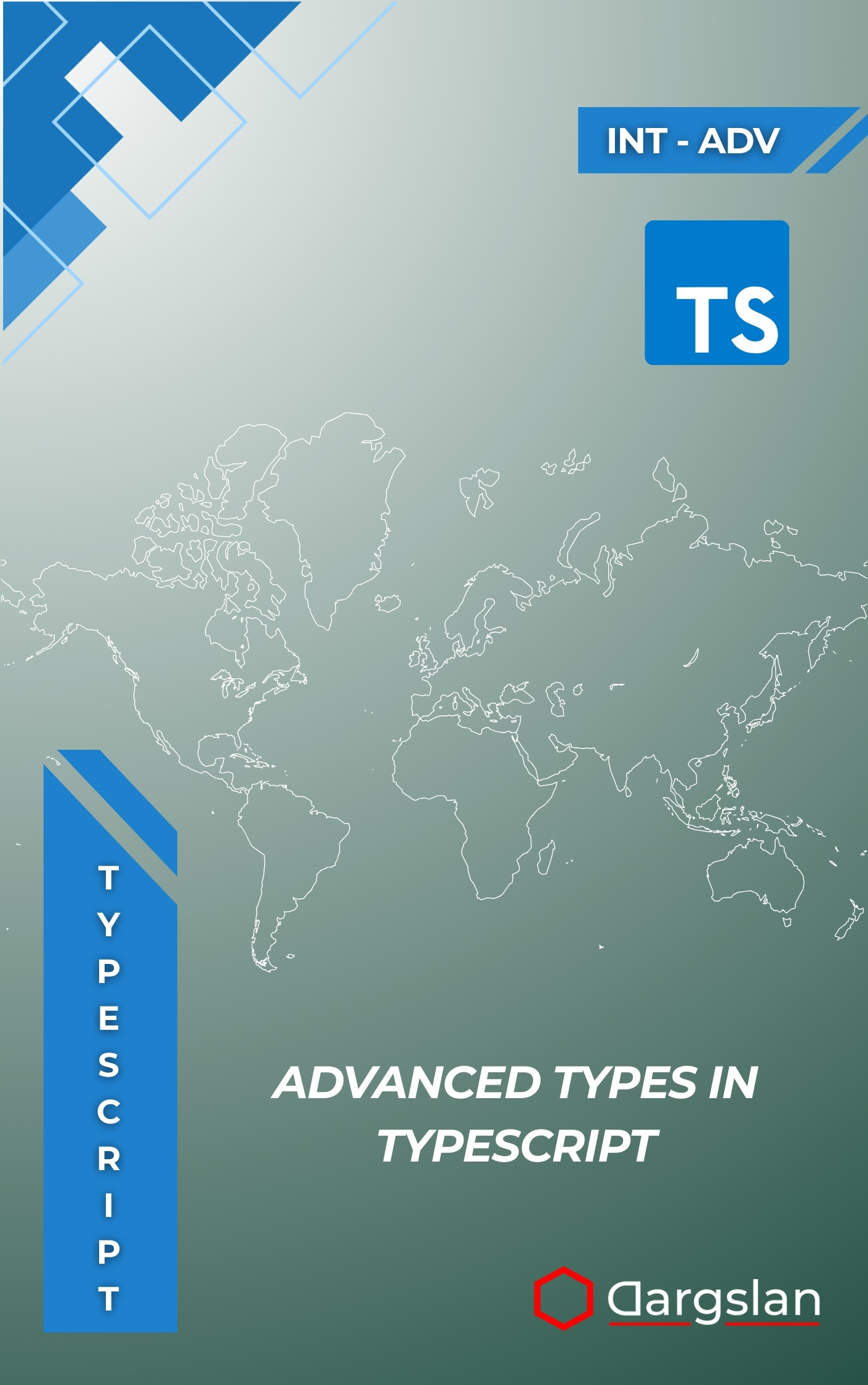Configuring TypeScript with tsconfig.json
TypeScript Configuration and Setup,Configure TypeScript projects like a pro for scalable development.

If you’ve ever copied a tsconfig from a template and hoped for the best, you’re not alone. This book turns guesswork into mastery, helping you shape builds that are faster, safer, and easier to maintain across any TypeScript stack.
Master the TypeScript Compiler Configuration for Scalable and Maintainable Projects
Overview
Configuring TypeScript with tsconfig.json is a comprehensive programming guide and technical book that shows you how to take full control of the TypeScript compiler. Designed as an IT book for hands-on practitioners, it teaches you to fine-tune tsconfig.json configuration, choose the right TypeScript compiler options, and align settings with project structure organization for long-term maintainability. You’ll learn type checking strategies that prevent bugs before they ship, enable incremental builds for speed, streamline module resolution, and generate accurate declaration files for libraries. From frontend framework integration to Node.js backend setup, from shared configurations to monorepo management, from build optimization to practical troubleshooting techniques and performance tuning, this resource delivers production-tested guidance you can apply immediately. If you’re ready to Master the TypeScript Compiler Configuration for Scalable and Maintainable Projects, this book provides the step-by-step system and real-world examples to get there.
Who This Book Is For
- Frontend engineers building React, Vue, or Next.js apps who want a faster feedback loop and fewer runtime surprises. Learn exactly which JSX, module, and source map settings produce reliable builds across local dev and CI.
- Node.js and backend developers aiming for rock-solid services. Configure strict type checking, optimize moduleResolution, and adopt project references for scalable microservices and serverless deployments.
- Library authors, tech leads, and monorepo maintainers ready to level up build quality. Standardize shared configurations, emit clean declaration files, and implement incremental compilation that scales with your codebase.
Key Lessons and Takeaways
- Design tsconfig baselines that scale: build a layered configuration strategy using “extends,” project references, and composite builds to keep large codebases fast and consistent.
- Tune the compiler for quality and speed: understand strict, noUncheckedIndexedAccess, skipLibCheck, target, module, and moduleResolution to balance safety, compatibility, and performance.
- Ship production-ready outputs: generate declaration files and declaration maps for libraries, align outDir/rootDir, and ensure accurate path mapping with baseUrl and paths across packages.
Why You’ll Love This Book
This guide translates complex compiler behavior into clear, actionable steps backed by real-world scenarios. You get practical examples, benchmarks, and troubleshooting checklists instead of theory, plus opinionated defaults that you can tailor to any team or stack. The result is a playbook you’ll reference for every project, from a single-page app to a mission-critical monorepo.
How to Get the Most Out of It
- Start with the fundamentals, then progress into advanced chapters on monorepos and performance. Use the early sections to build intuition around key compiler options before layering on project references and shared configurations.
- Apply each concept in your current codebase. For example, measure build times before and after enabling incremental builds, or compare NodeNext vs Bundler moduleResolution to pick the best fit for your tooling.
- Practice with mini-projects: create a small library that emits declaration files and declaration maps, set up a Node.js backend with strict and isolatedModules, and integrate a React front end with accurate JSX and source maps.
Deep-Dive Highlights
Move beyond boilerplate and learn how each option affects your DX and runtime. You’ll see how to choose a target that matches modern browsers or Node LTS, when to adopt verbatimModuleSyntax, and how esModuleInterop impacts imports in mixed ecosystems. The book explains when to favor Node16/NodeNext vs Bundler resolution, how to handle path aliases safely, and the right way to share base configs across packages.
You’ll also explore incremental builds and project references to accelerate CI and PR workflows. Understand composite projects, build graph boundaries, and the interplay between outDir, declaration, and emitDeclarationOnly. For teams shipping SDKs or design systems, the guidance on declaration files ensures consumers get stable, well-typed APIs with minimal friction.
Troubleshooting techniques cover flaky editor diagnostics, mismatched module formats, stale caches, and tricky edge cases like resolveJsonModule or isolatedModules in mixed TS/JS codebases. With step-by-step diagnostics, you’ll pinpoint misconfigurations fast and recover with confidence.
Real-World Scenarios Covered
- Frontend framework integration: select the right jsx setting, enable sourceMap and inlineSources for clean debugging, and align bundler expectations with module and moduleResolution.
- Node.js backend setup: configure strict for safer services, choose appropriate lib targets, and balance performance tuning with robust type safety for production reliability.
- Shared configurations at scale: craft base tsconfig files that teams extend, enforce consistent compiler options, and maintain clarity across repositories and environments.
- Monorepo management: implement references for package-to-package builds, isolate artifacts with outDir, and speed up CI using incremental builds and cache-aware strategies.
- Build optimization: reduce feedback time with composite projects, constrain emit to exactly what you need, and use declarationMap for superior editor navigation across packages.
What You’ll Be Able to Do
- Create a clean, layered tsconfig architecture that supports growth without sacrificing developer velocity.
- Pick and justify TypeScript compiler options for your stack, avoiding “mystery” defaults and unintended side effects.
- Diagnose and fix configuration bugs quickly using reproducible troubleshooting playbooks and performance baselines.
Why This Matters Now
Modern TypeScript apps span browsers, servers, and tooling pipelines, and configuration is the connective tissue that keeps everything reliable. With this book, you’ll stop treating tsconfig as an afterthought and start using it as a strategic asset—unlocking faster builds, early error detection, and maintainable architectures.
Get Your Copy
Whether you’re building your first TS service or refining a mature monorepo, this resource will sharpen your understanding and improve your results from day one. Make your tooling work for you—not the other way around.




